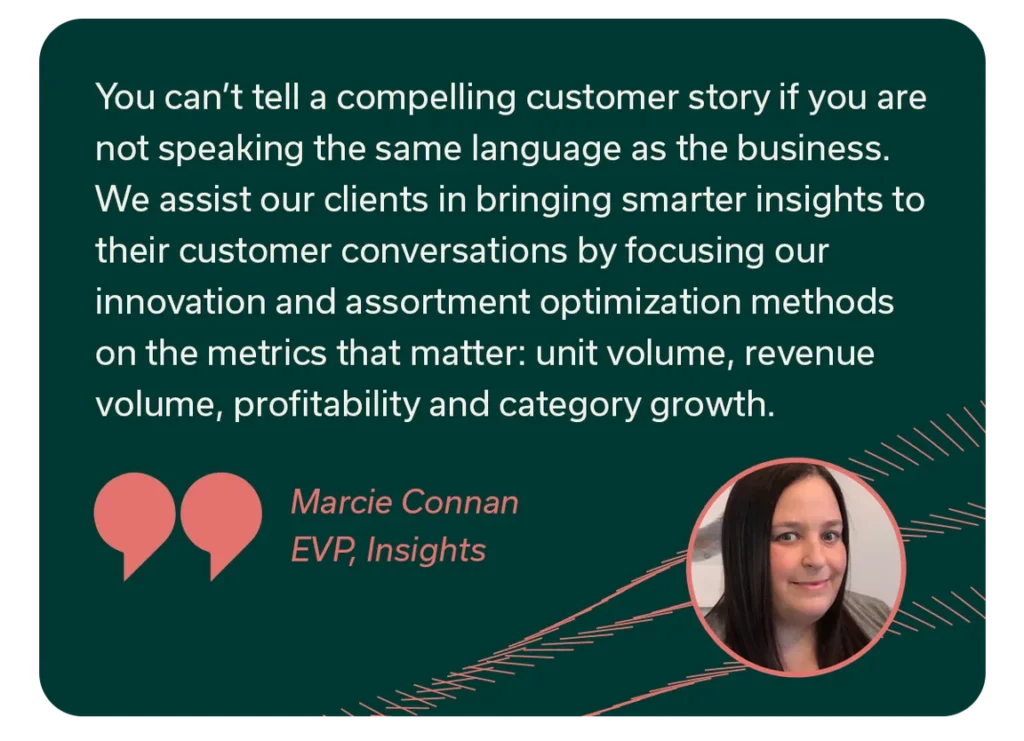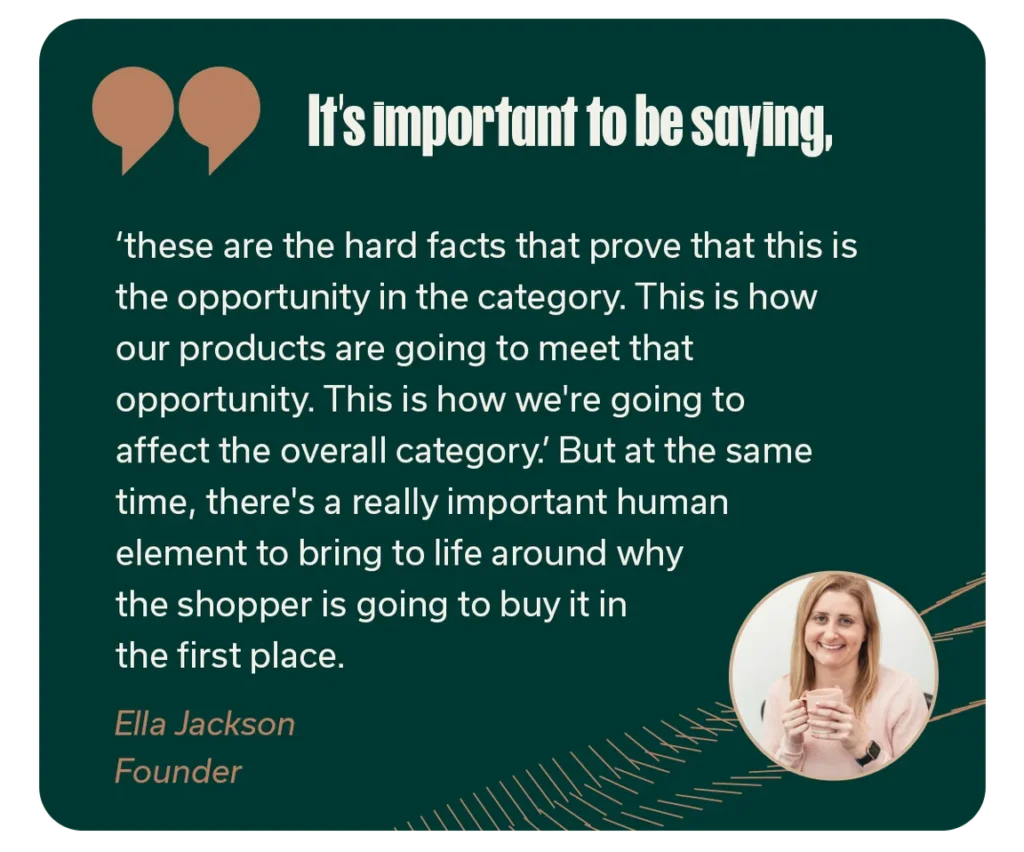In the world of Consumer Packaged Goods (CPG), getting your product onto the shelves of retailers is typically an essential step towards success. But with limited shelf space and fierce competition within every category, persuading retailers to carry your product is one of the biggest hurdles to contend with. This is where the art of a persuasive sales story comes into play. We’ll explore the essential elements of a successful trade story for CPG brands, and how to convince retailers that your product deserves a spot on their shelves.
The problem
Here are some key points to consider:
- Limited Shelf Space: Retailers allocate specific shelf space to each category and product. Your goal is to convince them that your product is the best of the bunch, earning you more prominent shelf placement.
- Building Brand Visibility: Even in the age of online shopping, in-store presence remains crucial. Shoppers who may eventually buy online are still influenced by what they see in physical stores.
- Leveraging Data: Your trade story should be data-driven and retailer-specific, demonstrating how your product aligns with their goals and customer base.
Owning your category
To craft a persuasive sales story, you need a deep understanding of the category and a strategic approach to positioning your product(s) favorably. Start with a macro approach, analyzing the category’s drivers, trends, and external factors (e.g., economic conditions) that might impact it. Your sales story is presented months in advance, and retailers appreciate foresight, so being able to predict future trends is crucial.
Once you’ve grasped the category dynamics, position your product within it. How does your product fill gaps, meet unmet needs, or capitalize on emerging trends? Highlight how your brand will benefit the retailer, shoppers, and the overall category.
Ultimately, retailers want to know what’s in it for them. For instance, how will carrying your product boost their category sales? Will it attract new shoppers or increase the average purchase price, especially when shoppers are thinking more thoughtfully about purchases due to rising inflation? Your main goal is to maximize the value they extract from the category. You want to avoid criticizing competitors, but rather compare your product’s performance to theirs in a different retailer or compare two different products within the category. Explain how your product better meets shoppers needs.
The final piece to owning your category is through innovation. You want to demonstrate that your brand has an innovation pipeline. This shows a retailer that you’re primed to adapt your product to continuously meet the category’s evolving needs. Not only will this help grow your business, it will also contribute to the retailer’s success.
Marcie Connan, the Executive Vice President (EVP) of insights at Dig, works with our CPG clients to ensure they have the most up-to-date and necessary data on their products, brand, and customers. “You can’t tell a compelling customer story if you are not speaking the same language as the business. We assist our clients in bringing smarter insights to their customer conversations by focusing our innovation and assortment optimization methods on the metrics that matter: unit volume, revenue volume, profitability and category growth.”

Combining data and storytelling to build your narrative
Data is your ally in constructing a convincing narrative. Combing concrete data with a compelling storyline to present a well-rounded case is the key to effective data storytelling, and (by extension) telling an effective trade story. You want to leverage your data to showcase the category’s potential, how your product fits in, and the impact it will have on the category.
Using charts that clearly display your data in an easy-to-read format will ensure that the retailer understands the data presented and can focus on the facts and the narrative combined. Breakdown your data into segments to demonstrate value across different consumer groups (e.g., younger vs. older consumers) and show how your product appeals to diverse demographics.
A great way to demonstrate your understanding of the overall category is to include data on other brands within the category. Explain how they meet consumers’ needs and, more importantly, how you product fills gaps or offers better solutions.
While data is essential, don’t overlook the human element. On our Dig In podcast we interviewed Ella Jackson who has spent years working in category management, with both CPG brands and retailers, on sales stories.
“It’s important to be saying, ‘these are the hard facts that prove that this is the opportunity in the category. This is how our products are going to meet that opportunity. This is how we’re going to affect the overall category.’ But at the same time, there’s a really important human element to bring to life around why the shopper is going to buy it in the first place.”
A story that is solely data-driven may lack emotional resonance. Find the right balance by infusing your narrative with relatable human experiences and aspirations.

Listen to the full episode here:
Findings
Crafting a compelling trade story is an art that combines data-driven insights with storytelling finesse. Understanding your category, positioning your product strategically, and showcasing the retailer’s benefits are fundamental. And by leveraging data effectively and adding the human touch, you can convince retailers that your product deserves a prime spot on their shelves, ultimately driving your brand’s success in an ultra competitive, crowded market.